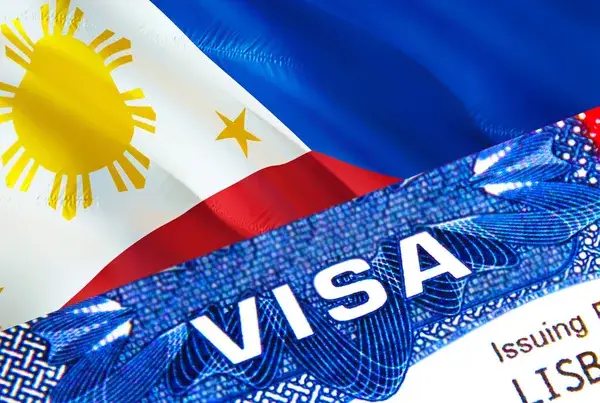9(a) Temporary Visitor’s Visa: Your Entry to the Philippines (Plus How to Extend It)
When I decided to test the waters for my move to the Philippines, the 9(a) Temporary Visitor’s Visa was my ticket in. It’s perfect for tourism, checking out retirement spots, or visiting someone special—up to 59 days to start, with options to stretch it longer once you’re there. As a US citizen, I could’ve gone visa-free for 30 days, but I wanted more time, so I went the eVisa route. Here’s what it takes to get it and how to extend it if you’re not ready to leave.
Getting the 9(a) Visa
This is what I needed to apply through the Philippine eVisa system (evisa.gov.ph)—pretty straightforward, though booking stuff upfront had me sweating:
- Valid Passport: Good for at least 6 months past your stay. Mine’s ready for my next hop—make sure yours is too.
- Application Form: Filled it out online for the eVisa. Embassy folks use FA Form No. 2-A if you go that route.
- Photo: One 2”x2” shot, white background, recent. Uploaded a digital version for eVisa—easy.
- Flight Itinerary: Roundtrip or onward ticket required. I booked flights, but here’s a tip: go refundable to avoid a panic if denied.
- Accommodation Proof: Hotel booking or a friend’s address worked for me. Book with free cancellation if you can.
- Financial Proof: No exact amount, but I showed a bank statement with a few grand—pension docs or crypto gains could work too.
- Fee: $30 for US citizens (single entry). Paid online, and approval came in 3 days—nerve-wracking but smooth.
- How I Did It: Hit evisa.gov.ph, uploaded everything, and printed the approval. Embassy’s an option too—5-10 days processing if you’re near one.
- Visa-Free Hack: US folks get 30 days free with just a passport and return ticket. I opted for 59 days via eVisa for extra breathing room.
Heads-Up: Denial’s rare for us Americans, but incomplete docs or weak ties back home (like my “I’m outta here” vibe) could trip you up. Show some cash flow or a pension, and you’re golden.
Extending Your Stay
Once I was in the Philippines, soaking up the tricycle rides and vendor hustle, I didn’t want to leave after 59 days. Good news: you can extend the 9(a) up to 3 years total through the Bureau of Immigration (BI). Here’s how I’d do it—and you can too:
- Where: BI offices—Manila’s the main hub, but regional spots (Cebu, Davao) work. Find one near you at bi.gov.ph.
- When: Apply at least 7 days before your time’s up (e.g., day 52 of 59). Overstaying’s ₱500/day—don’t risk it.
- What You Need:
- Passport (original + copies of bio page, entry stamp, visa).
- TM1 Form (grab it at BI or online).
- Cash proof (bank statement—same as entry).
- Fees:
- 1 month: ₱3,030 (~$55 USD).
- 2 months: ₱4,140 (~$75 USD).
- 6 months (after 6 months total): ₱4,540 (~$80 USD) + ACR I-Card ($50 + ₱500).
- Photo (2”x2”)—bring one just in case.
- Process: Hand in docs, pay, wait a few hours (or a day if busy). New stamp, new deadline—done.
- Timeline: First 6 months, extend 1-2 months at a time. After 6 months, snag an ACR I-Card and go up to 6-month chunks. Max is 36 months—plenty to settle in.
- Cost Tip: Starts at $55, but long-term, it’s $80-$100 every 6 months. Cheaper to switch to a retiree visa later.
My Take
I used the eVisa to dive into the Philippines—59 days of chaos and charm. Extending’s a breeze if you plan ahead, giving you time to figure out your next move (like retirement or tying the knot). For my PinoyExpatsHub crew: book smart—refundable flights might be an option. This visa’s your bridge—use it to explore, then share your hacks with us!

